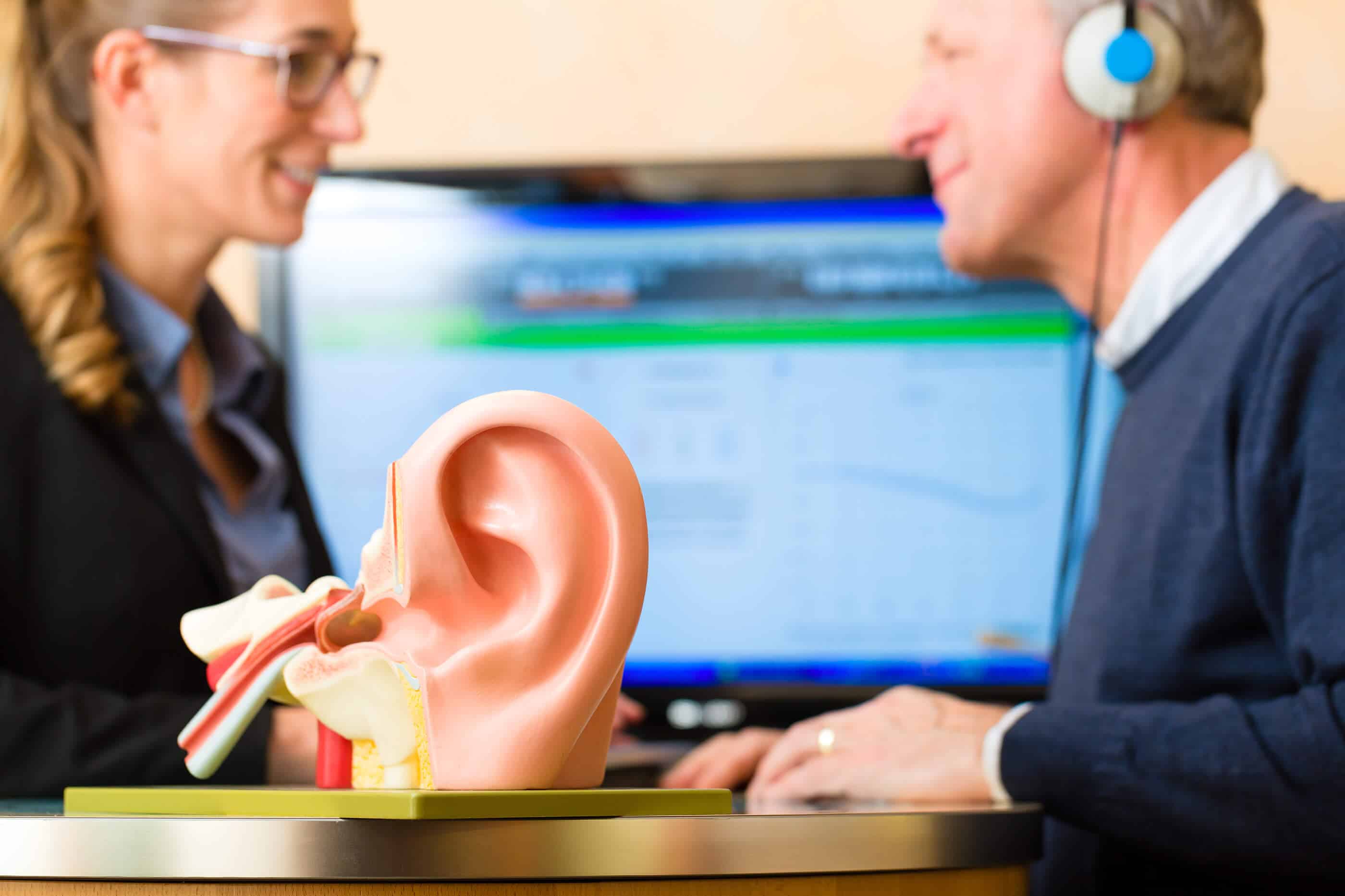
- Better Hearing Starts with One Test - June 6, 2025
- Common Fears About Hearing Tests - May 28, 2025
- Best Hearing Aids for Active Lifestyles - May 16, 2025
Hearing loss can feel isolating, but the journey to better hearing health begins with a single, comprehensive test. This step is integral because it can detect issues early, allowing for timely intervention. Early diagnosis often leads to more effective treatment options, significantly improving quality of life.
Importance of a Comprehensive Hearing Test
The significance of a comprehensive hearing test lies in its ability to identify hearing loss accurately. This evaluation measures hearing ability across different frequencies and speech comprehension, providing a complete picture of hearing health. Regular testing can catch potential issues before they become more problematic, enabling proactive measures to address them.
Early detection through a comprehensive hearing test allows for quicker intervention, potentially slowing progression and preventing further loss. For many, this leads to better communication and increased participation in everyday activities. Knowing the status of one’s hearing health empowers individuals to make informed decisions about treatment and protection strategies.
What to Expect During the Test
Understanding what to expect during a hearing test can alleviate any anxiety and make the experience smoother. Typically, the process begins with discussing medical history and any symptoms experienced. The hearing health professional will then conduct a series of tests, including pure-tone testing, speech testing, and sometimes tympanometry, to evaluate the middle ear’s health.
These tests are simple and painless, designed to measure how well different parts of the ear are functioning. The results are often available immediately, allowing the hearing health professional to explain them and discuss potential next steps. This clear and comprehensive testing process helps in crafting a tailored treatment plan, if necessary.
Common Signs of Hearing Issues
Recognizing the common signs of hearing issues can prompt individuals to seek timely testing. Red flags include frequently asking others to repeat themselves, needing to turn up the volume on electronic devices, or experiencing difficulty following conversations, especially in noisy environments. Another common sign is a feeling of exhaustion after social interactions, as straining to hear can be tiring.
Noticing these signs early can lead to a quicker diagnosis and intervention, enhancing the individual’s overall well-being. Addressing these issues promptly can prevent complications and improve social interactions. Ignoring these symptoms, on the other hand, can lead to increased frustration and isolation.
Next Steps for Treatment
Once a hearing test identifies a problem, the next steps for treatment can vary based on the severity and type of hearing loss. Hearing aids are a common solution, offering significant improvements in hearing and communication. Modern hearing aids are discreet and have advanced technology to enhance sound quality and comfort.
For some, medical intervention such as surgery or specific therapies may be recommended to address underlying issues. Hearing health professionals work closely with individuals to develop personalized treatment plans. These plans are designed to meet specific needs, ensuring the best possible outcomes for hearing health.
Maintaining Hearing Health
Maintaining hearing health doesn’t end with a test; it involves ongoing care and habits to protect and preserve hearing. Effective strategies include using hearing protection in loud environments, avoiding prolonged exposure to high noise levels, and attending regular checkups. Developing these habits can significantly reduce the risk of further hearing loss and maintain overall ear health.
Educating oneself about the importance of hearing conservation and adopting a proactive approach can make a big difference. Small changes in daily life, like reducing the volume on headphones and taking breaks from noisy settings, contribute to long-term hearing preservation. These efforts support sustained hearing health and a better quality of life.
